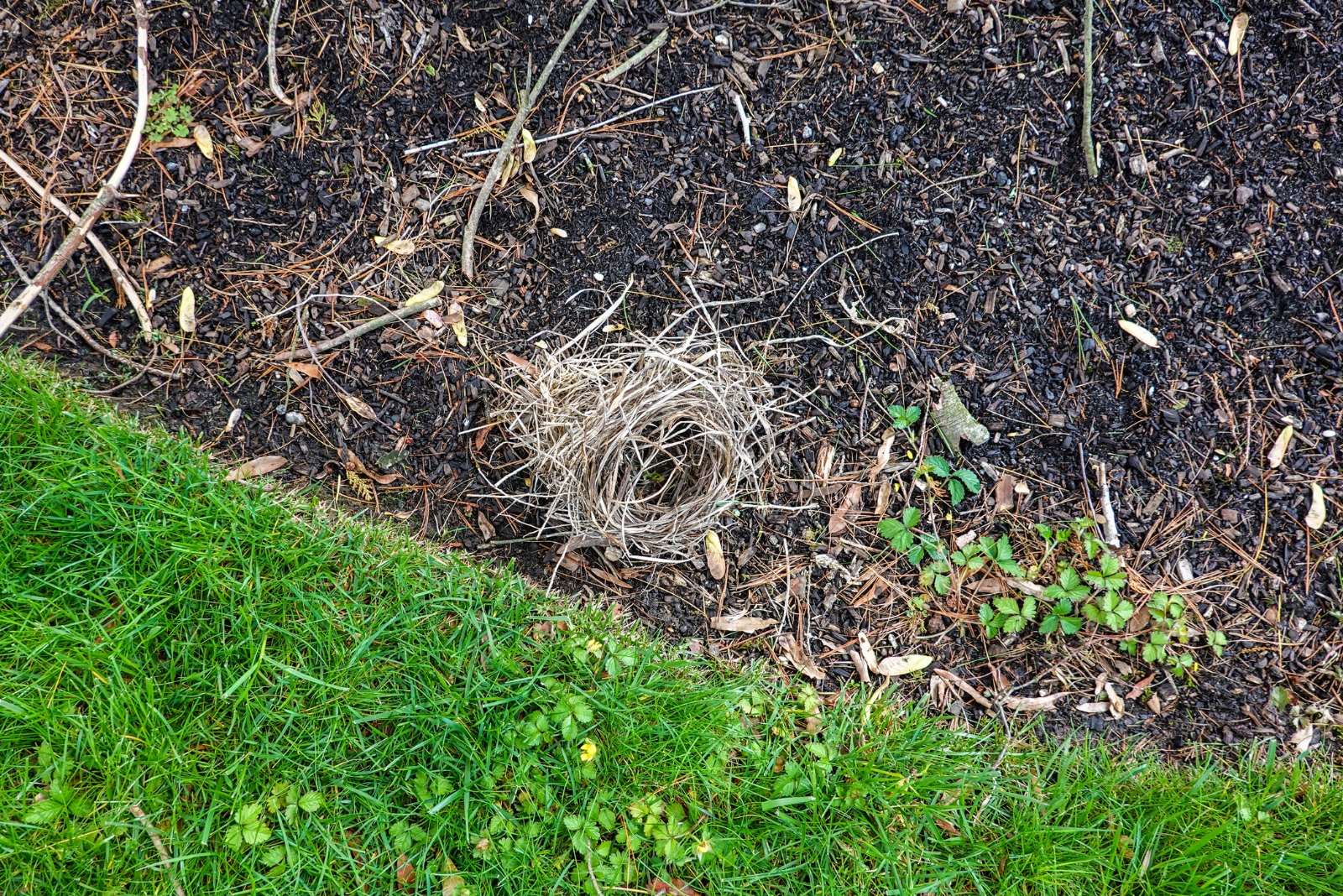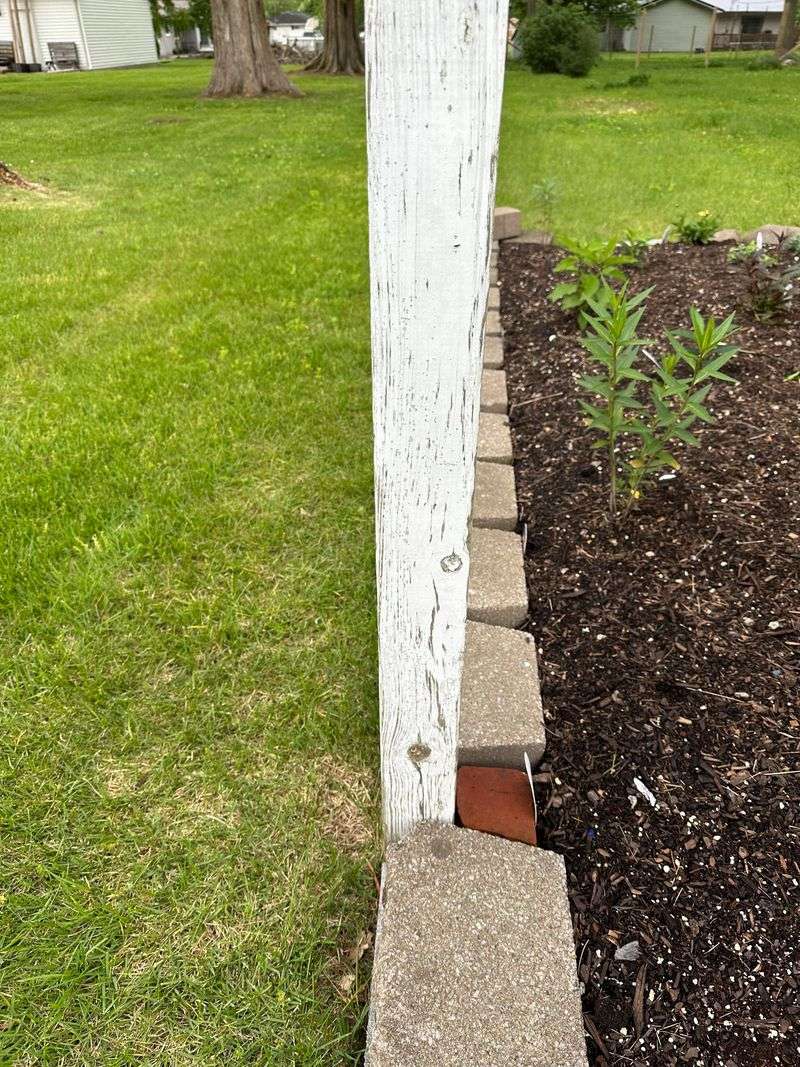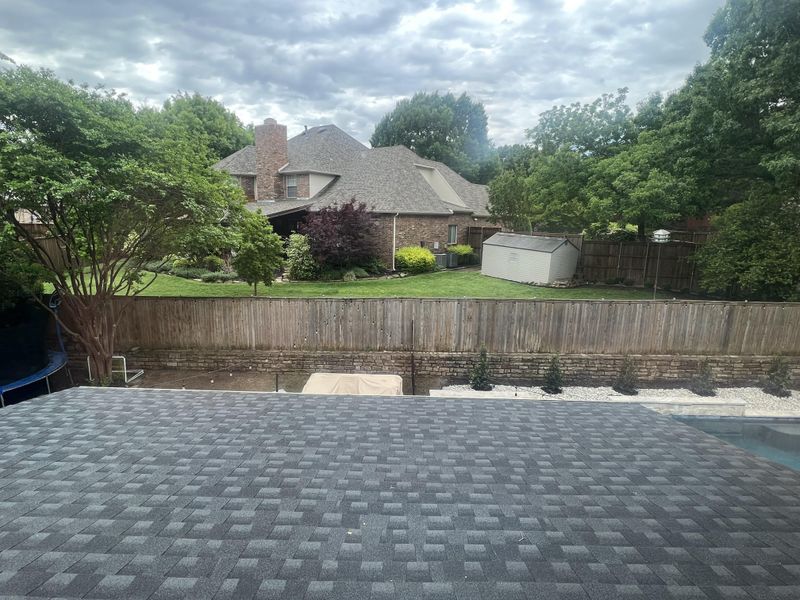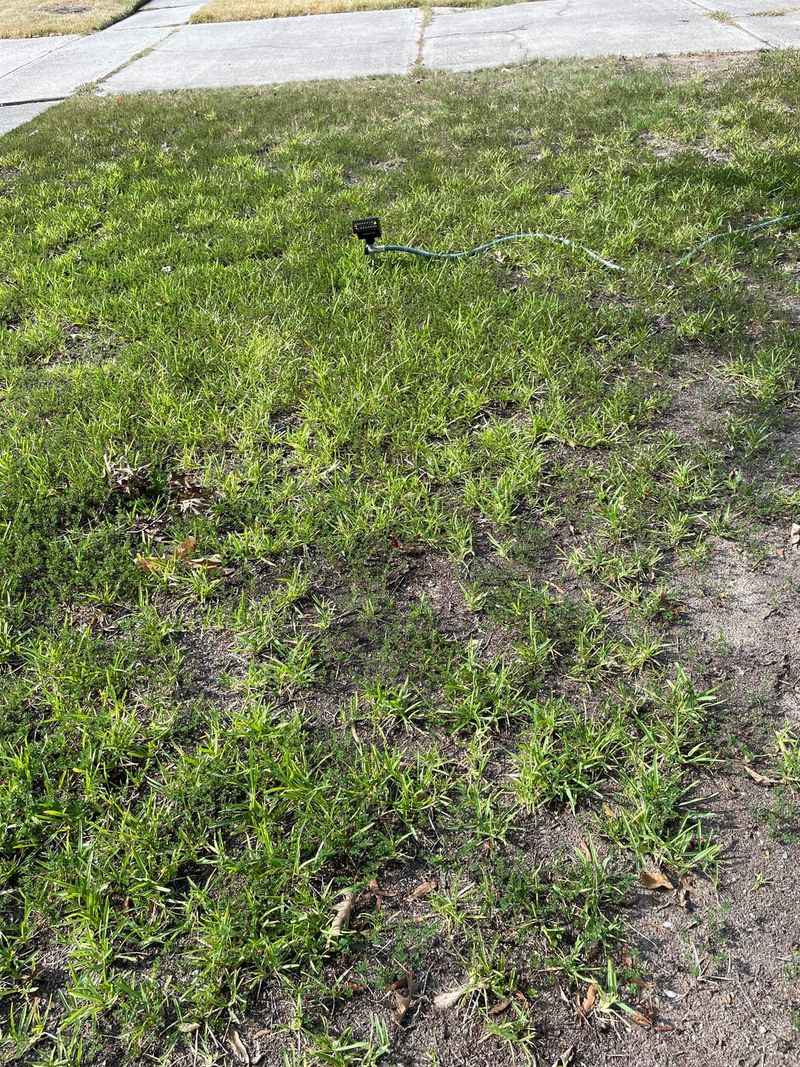Texas lawns can be tough, but even the best grass struggles when invasive growth drifts over from next door. I’ve seen plants spread far faster than expected.
Addressing it early saves you from a long, expensive recovery. Knowing your options makes everything a lot less stressful.
1. Document the Damage with Photos and Notes
Start by grabbing your phone and snapping clear pictures of where the damage is happening. Capture shots showing the plants crossing the property line and how they’re affecting your grass in Texas.
Write down dates and describe what you see in simple terms. Keep a folder on your phone or computer with all this evidence organized by date.
Having solid proof makes conversations with your neighbor easier and protects you if things escalate later on.
2. Research Texas Property Line Laws and Rights
Texas has specific rules about what you can do when something from a neighbor’s yard crosses onto yours. Understanding these laws gives you confidence before taking action.
Look up information about encroachment, tree roots, and overhanging branches specific to Texas property rights. Many county websites offer free resources explaining your legal options.
Knowing your rights helps you speak up appropriately without overstepping boundaries or causing unnecessary conflict with neighbors.
3. Talk Directly with Your Neighbor First
Before anything else, walk over and have a calm chat with your neighbor about what’s happening. Most people don’t realize their plants are causing problems next door.
Bring your photos along and explain how the roots or spreading plants are harming your grass in Texas. Stay friendly and avoid blaming them directly for the situation.
Many issues get resolved quickly through simple conversation, saving everyone time, money, and stress down the road.
4. Send a Written Notice if Talking Doesn’t Work
Sometimes a friendly conversation isn’t enough to get results. Putting your concerns in writing creates an official record that you tried to solve things peacefully.
Write a polite letter explaining the problem, including dates and describing the damage to your grass in Texas. Keep a copy for yourself before delivering it.
Certified mail works best because you’ll have proof they received your message, which matters if you need legal help later.
5. Contact Your Homeowners Association if Applicable
Many Texas neighborhoods have HOAs that handle disputes between neighbors. Check your community rules to see what they say about plants and property maintenance.
File a formal complaint with your HOA, including all your photos and documentation. They often have power to enforce landscaping rules and mediate disagreements.
HOAs can pressure your neighbor to fix the problem without you having to take legal action yourself, making resolution faster and less expensive.
6. Hire a Mediator to Find Middle Ground
Professional mediators help neighbors work through disagreements without going to court. They’re trained to find solutions that work for everyone involved in Texas disputes.
Mediators stay neutral and guide conversations toward practical compromises about removing or controlling the problematic plants. Sessions usually cost less than hiring lawyers.
Many communities offer free or low-cost mediation services through county offices, making this an affordable option before considering legal action.
7. Consult with a Property Attorney About Options
When other methods fail, talking to a lawyer who knows Texas property law becomes necessary. They can explain your legal options and what outcomes you might expect.
Attorneys review your documentation and advise whether you have a strong case for compensation or forcing plant removal. Many offer free initial consultations.
Legal action should be your last resort, but sometimes it’s the only way to protect your grass and property value in Texas neighborhoods.
8. Consider Installing Physical Barriers for Prevention
Prevention stops future problems even if your neighbor won’t cooperate. Root barriers buried along your property line block invasive roots from spreading into your Texas lawn.
These barriers come in different materials and depths depending on what plants you’re dealing with. Landscaping professionals can install them properly for long-term protection.
While this costs money upfront, it saves your grass from continued damage and reduces ongoing frustration with plants crossing boundaries repeatedly.









